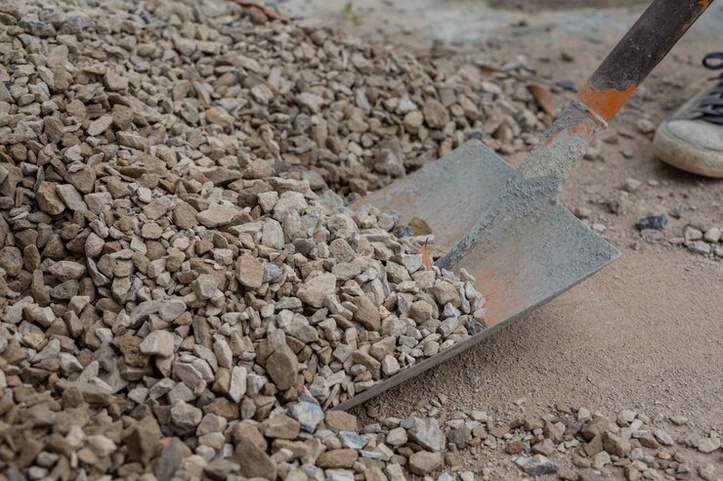Introduction:
In the realm of construction, the importance of a solid and well-finished floor cannot be overstated. Achieving a smooth, level, and durable floor requires not just the right pouring techniques but also a meticulous focus on the concrete screed mix. In this exploration, we delve into the intricacies of selecting and using the ideal concrete screed mix to enhance floors, examining the key components, techniques, and the overall benefits for construction projects.
Understanding Concrete Screed Mix:
Concrete screed is a thin layer of cementitious material applied over a concrete subfloor to create a smooth, level surface. The composition of the concrete screed mix is critical in determining the final quality and performance of the floor. Unlike the structural concrete used in foundations and walls, the concrete screed mix is designed to achieve specific finishing characteristics.
Key Components of Concrete Screed Mix:
-
Cement: Cement is the binding agent in the concrete screed mix. The type of cement used can influence the setting time and the overall strength of the screed. Common types include Portland cement, which is widely used for its versatility and reliability.
-
Aggregates: Aggregates, such as sand and sometimes fine gravel, contribute to the bulk and strength of the screed. The choice of aggregates impacts the workability and texture of the finished floor. Well-graded aggregates are often preferred to achieve a more uniform mix.
-
Water: Water is the activator that initiates the hydration process in cement, leading to the hardening of the screed. The water-to-cement ratio is crucial in maintaining the right consistency for proper application and finishing.
-
Admixtures: Admixtures may be added to the concrete screed mix to enhance specific properties. Plasticizers can improve workability, accelerators or retarders can influence setting time, and fibers may be added for improved strength and crack resistance.
-
Bonding Agents (if required): In cases where the screed needs to bond well with an existing concrete substrate, bonding agents may be included in the mix. This ensures a strong and durable connection between the new screed layer and the existing surface.
Techniques for Enhancing Floors with Concrete Screed Mix:
-
Proper Mix Design: The journey to a superior floor starts with a well-designed mix. Consider the specific requirements of the project, including the type of floor finish, load-bearing capacity, and environmental conditions. Tailor the mix design accordingly to ensure optimal performance.
-
Surface Preparation: Before applying the concrete screed mix, the substrate must be properly prepared. This involves cleaning the surface, repairing any defects, and applying a primer or bonding agent if necessary. Adequate surface preparation ensures proper adhesion and a flawless finish.
-
Consistent Application: Achieving a uniform thickness of the screed layer is essential for a level and even floor. Utilize proper tools and techniques to ensure consistent application across the entire surface. This may involve the use of straightedges, screed boards, or laser-guided leveling systems.
-
Proper Curing: Curing is a critical step in the concrete screed process. Ensure that the newly applied screed is protected from rapid drying to prevent cracking and ensure optimal strength development. Curing compounds or wet curing methods can be employed, depending on the project requirements.
-
Finishing Techniques: The finishing process determines the aesthetic appeal and texture of the floor. Techniques such as troweling or power floating are used to achieve a smooth and dense surface. The timing of finishing operations is crucial to prevent surface defects and ensure a durable finish.
Benefits of Using the Ideal Concrete Screed Mix:
-
Smooth and Level Surfaces: The primary objective of a concrete screed mix is to create a smooth and level surface. This is particularly crucial in flooring applications where deviations can impact the functionality and aesthetics of the space.
-
Enhanced Durability: The right mix design, including proper aggregates and curing practices, contributes to the durability of the floor. A well-finished concrete screed can withstand heavy foot traffic, equipment loads, and other stresses, ensuring a long-lasting and resilient floor.
-
Customization for Different Applications: Concrete screed mixes can be customized to meet the specific requirements of different applications. Whether it's a commercial space, industrial facility, or residential area, the mix can be tailored to deliver optimal performance in varied environments.
-
Improved Thermal Conductivity: In applications where underfloor heating systems are employed, the thermal conductivity of the concrete screed mix becomes important. Well-designed mixes can enhance heat transfer efficiency, providing a comfortable and energy-efficient environment.
-
Aesthetic Versatility: Beyond functionality, concrete screed offers aesthetic versatility. The finish can range from a smooth, polished surface suitable for decorative flooring to a rougher texture for industrial applications. The choice of aggregates and finishing techniques allows for customization based on design preferences.
Conclusion:
In the journey from the pour to the finished floor, the significance of the concrete screed mix cannot be overstated. It is the key to achieving not just a level surface but a durable, functional, and aesthetically pleasing floor. The careful selection of components, meticulous mix design, and precise application techniques contribute to the overall success of construction projects.
In conclusion, enhancing floors with the ideal concrete screed mix is a holistic process that combines science, craftsmanship, and attention to detail. The benefits extend beyond the visual appeal to encompass durability, functionality, and adaptability to diverse construction environments.


No comments yet